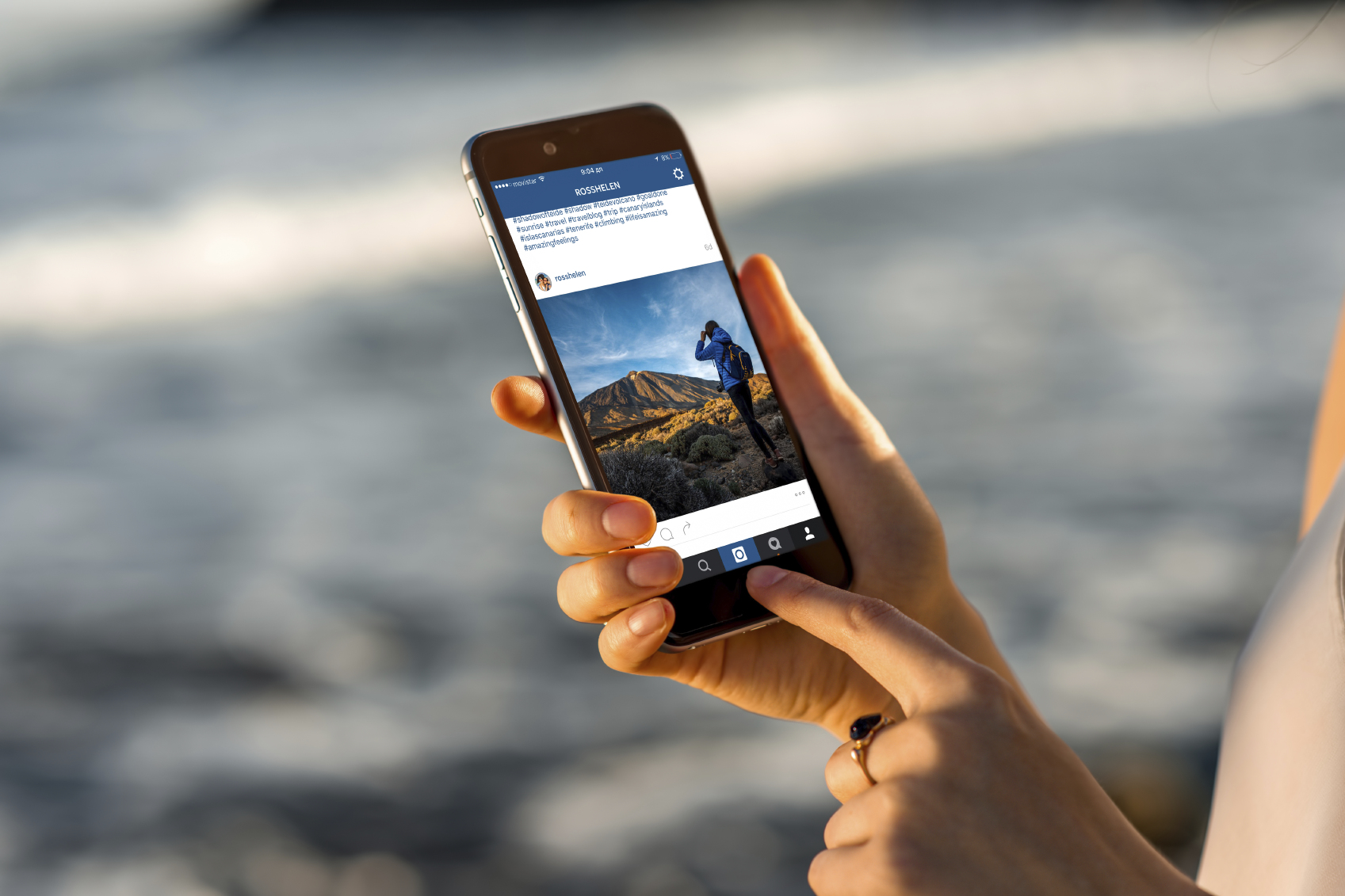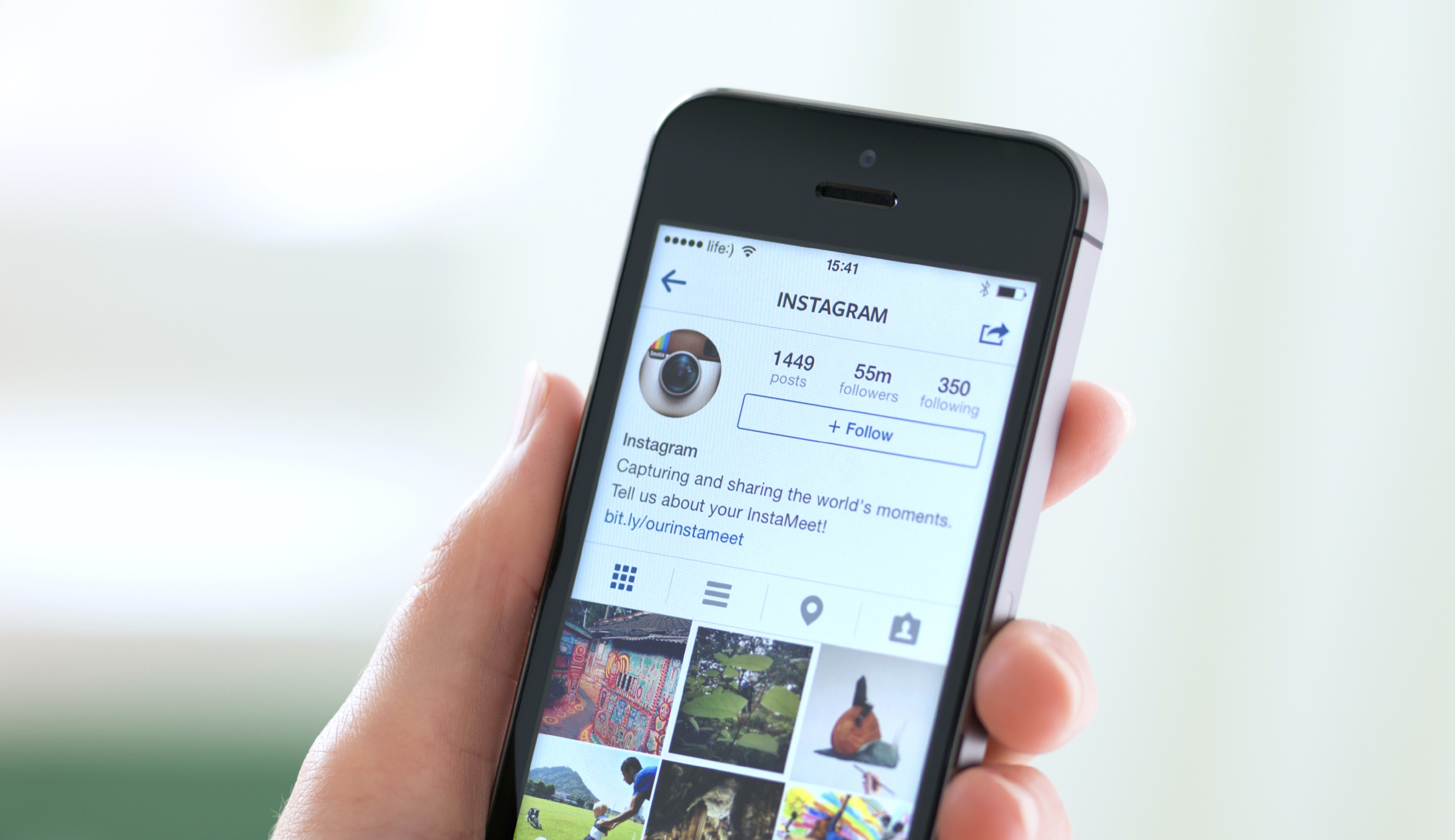What Happened
Audio streaming platform SoundCloud is set to introduce video ads on its mobile apps in a bid for higher ad revenue. U.S. users will be the first to encounter those video ads, which will pop up between tracks when the app is actively running in the foreground. Earlier this month, the Berlin-based company received a $70-million investment from Twitter, which is also in the midst of making a strong push for video ads. Launched in 2008, SoundCloud now amasses around 175 million unique monthly users.
What Brands Need To Do
While it is debatable whether it is a good idea to serve video ads on a purely audio-based platform, this move clearly shows that SoundCloud is taking a cue from Spotify, which introduced video ads to its service in 2014. If your brand is targeting music lovers or has a strong music connection, the new ad offering from SoundCloud may be worth looking into.
To read more on video ads and how their lengths may affect their effectiveness, please check out this report on our joint research study with YuMe.
Source: CNET










